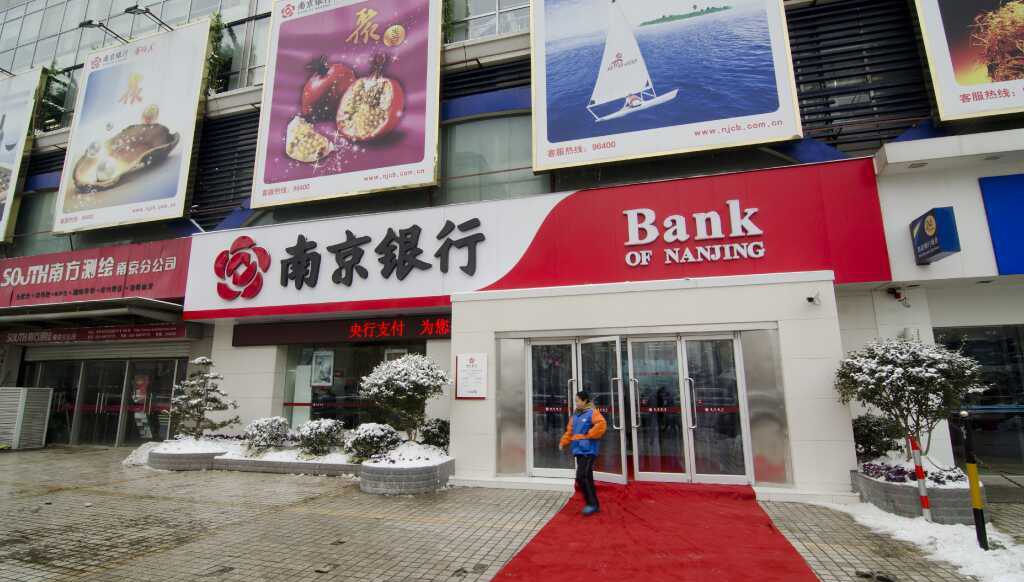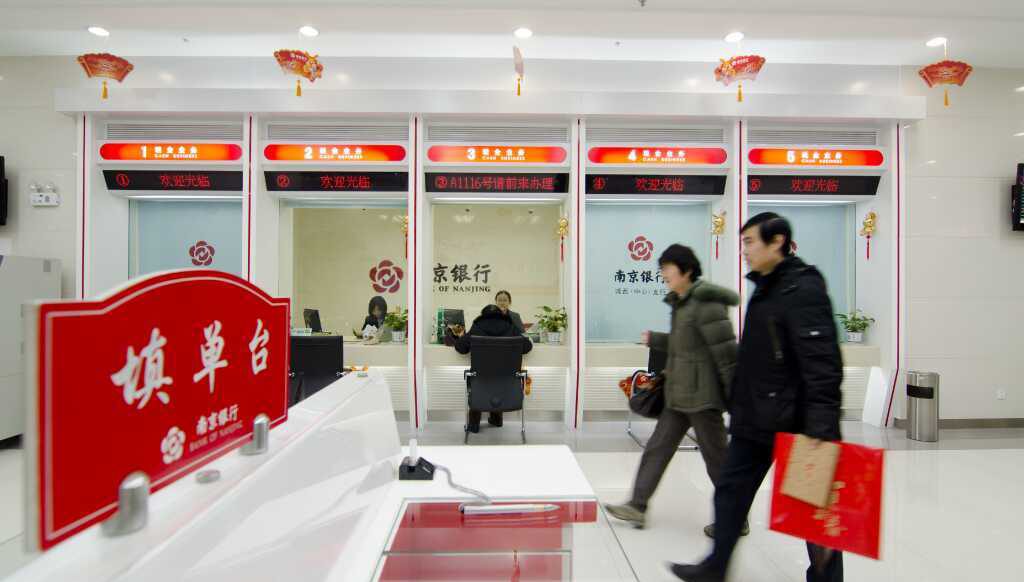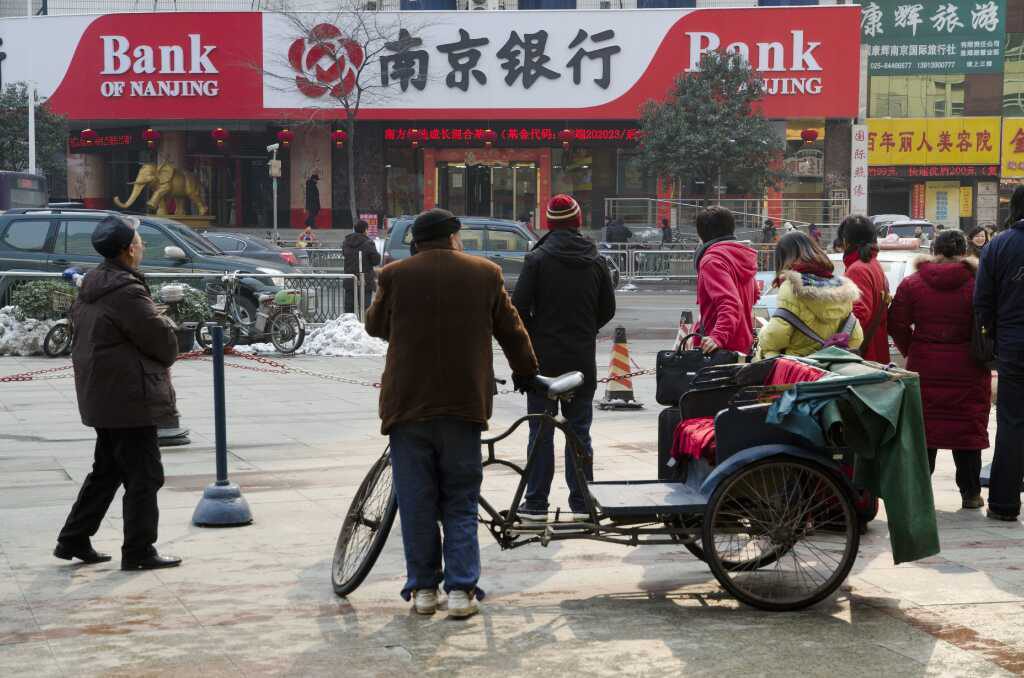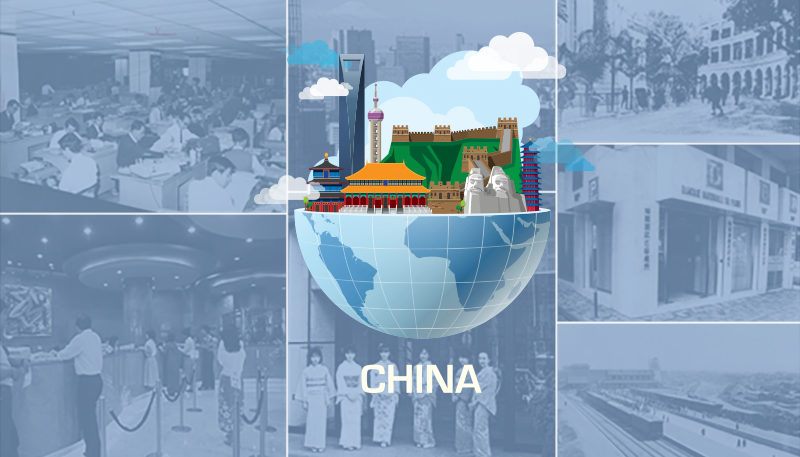BNP Paribas and the opening up of China (3/3) : evolving together

After refusing to go into debt for a long time, the leaders of the People’s Republic of China had finally agreed to resort to credit on a massive scale. However, a major constraint quickly appeared and pushed the Chinese to change their posture: the chronic shortage of the foreign currency they needed to import. Not surprisingly, this issue resonated in the financial field. Thus, the period saw the diversification of the financing methods promoted by BNP and Paribas, which became increasingly sophisticated in order to meet China’s new needs.
A historical turning point: the possibility of investing in China
Faced with the challenge of the deficit, the Chinese sought to limit imports and promote projects generating exports and, hence, foreign currency. In this regard, one solution could be to allow foreign companies to invest on Chinese soil. However, before the reforms, the Chinese had consistently rejected the idea of joint ventures. China refused to allow foreign capital on its soil and had no intention of exporting its capital abroad. This stance was a result of the country’s painful history, the Chinese fearing that the introduction of foreign capital could bring the national economy under foreign control, which ran counter to the principles of independence.
Things changed quickly during the reforms era. At first, the Chinese admitted the practice of compensation trade, whereby entrepreneurs sold equipment to China and received in payment a part of the products manufactured by the Chinese. Paribas and BNP unhesitatingly pursued this financing approach, for the construction of the Creusot-Loire cement plant in Luzhou and the extraction of Chinese coal at the initiative of a European consortium.

Overall, though, the Chinese saw joint ventures as the most advantageous strategy. This method, in which a foreign company invested in China by setting up a joint venture with a local partner, quickly became the best way to penetrate the Chinese market. However, setting up a joint venture was difficult because it required the European partner to provide capital and transfer its technology and management methods. Combined with the risk of failure, the prospect proved dissuasive. But by acquiring a stake in the venture, banks could play a key role and secure the investment.
Paribas, in particular, was quick to promote this type of cooperation. The risks taken by the bank sometimes went far beyond the role hitherto played by financiers in supporting exporting companies. In 1985, Paribas participated in the creation of the largest Franco-Chinese joint venture in the food industry, a brewery and malt plant producing Kronenbourg beer. The bank also contributed, alongside BSN, to the creation of a joint venture that manufactured and marketed the first Danone yogurts in China. BNP was the main French co-investor, alongside Peugeot, in what was then the largest Franco-Chinese joint venture: the Guangzhou Peugeot Automobiles Company Ltd, set up in 1985 to manufacture vehicles.
The Guangzhou Peugeot Automobile Company
After 30 years of production mainly focused on heavy trucks, the Chinese directors shifted the focus to strengthening transport and communication means. This involved changing the nature of automotive products by increasing the share of small light commercial vehicles and boosting the production of family cars. The objective was to produce 15,000 light vehicles a year. On 15 March 1985, Automobiles Peugeot and BNP signed a far-reaching industrial agreement with the Canton municipality to produce Peugeot vehicles in China. Taking the form of a joint venture, this cooperation was the first of its kind between France and China in the automotive sector. The transaction totalled 800 million francs overall, with BNP contributing 4% of the capital.
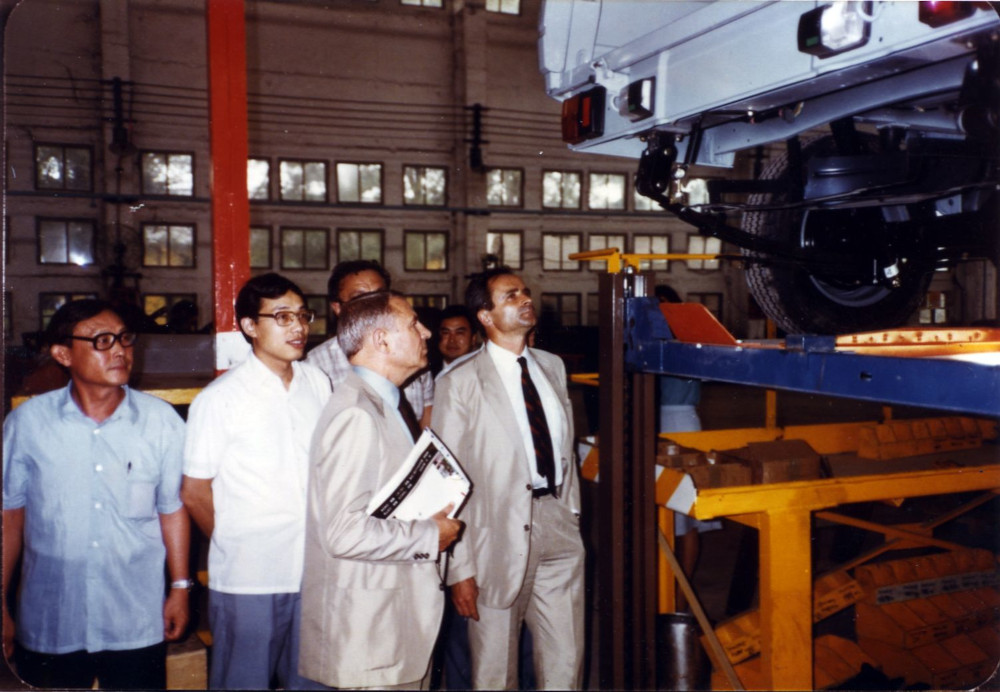
The development of specialised finance
In China, trade financing methods have only become more and more sophisticated. “Specialised financing” became more widespread in the 1990s, differing from conventional borrowing in that it corresponds to the specific nature of the structures financed.
This was the case for “project financing” transactions. Despite the increased number of joint ventures, the Chinese authorities remained alarmed by the scale of debt. To address the situation, they showed increasing interest in developing this type of arrangement, which can be used to finance major infrastructure projects intended to benefit the general interest, the specific aspect being that the debt contracted is repaid by the revenues generated by the operation of the project. In China, this financial innovation served to meet the needs of energy projects, a priority in a country beset by shortages. The first such project, the construction of the Rizhao power plant in 1996, took the form of a build-operate-transfer project, to which Paribas contributed as part of an international banking pool.
In addition to project-financing transactions, Paribas and BNP contributed to the development of other types of specialised financing, for example in the media sector, which also required its own funding method. The two banks thus contributed to the birth of media financing activities in China. But the main business activities of the two banks in the 1990s were in aircraft financing, addressing the specific needs of civil aviation. In 1996, for example, Paribas took the lead in financing China’s purchase of four Airbus aircraft.

The 2000s: the bank refocuses its activities
In the early 2000s, the BNP Paribas group was obliged to reposition in China owing to changes across all banking businesses. Increasingly, export credit was provided by Chinese banks, while foreign banks were limited by protectionist regulation. In response, Michel Pébereau, at the head of the banking institution resulting from the merger of BNP and Paribas, undertook to refocus the group’s activities in China on investment banking.
To that end, BNP Paribas was able to rely on a Shanghai-based bank based on the Industrial and Commercial Bank of China, a joint venture set up in 1993 in which BNP Paribas acquired 100% of the shares. Since 1997, this company had benefited from a major asset: the authorisation to work with the local currency, the renminbi. In addition, the group’s efforts in fund management proved successful with the signing of a cooperation agreement with Shenyin and Wanguo. The Chinese authorities have also greenlighted a joint venture with the Changjiang Securities securities house. In 2006, the group launched BNP Paribas Private Banking, then in 2008 BNP Paribas (China) Limited signed a joint venture with Bank of Nanjing with a 12.6% stake in consumer credit operations.
While the bank was required to shift its focus in response to the changing Chinese environment, its export and investment finance activities continued uninterrupted. In this respect, present-day cooperations are often the result of past cooperations, with the companies that partnered with BNP Paribas in the early days of this adventure having called on the bank again.
For the construction of the enormous Three Gorges Dam in the early 2000s, Alstom supplied several turbines in partnership with BNP Paribas. Regardless of their size or sector of activity, French companies looking to export to China were able to benefit from a comprehensive range of banking services.
The BNP Paribas Group is now firmly established in China, where it carries out wealth management, insurance, consumer credit, institutional investments and corporate finance activities. As both a local bank and an international group, BNP Paribas remains faithful to its history and continues to participate in the development of economic exchanges with China, which has now become a huge global development hub.



